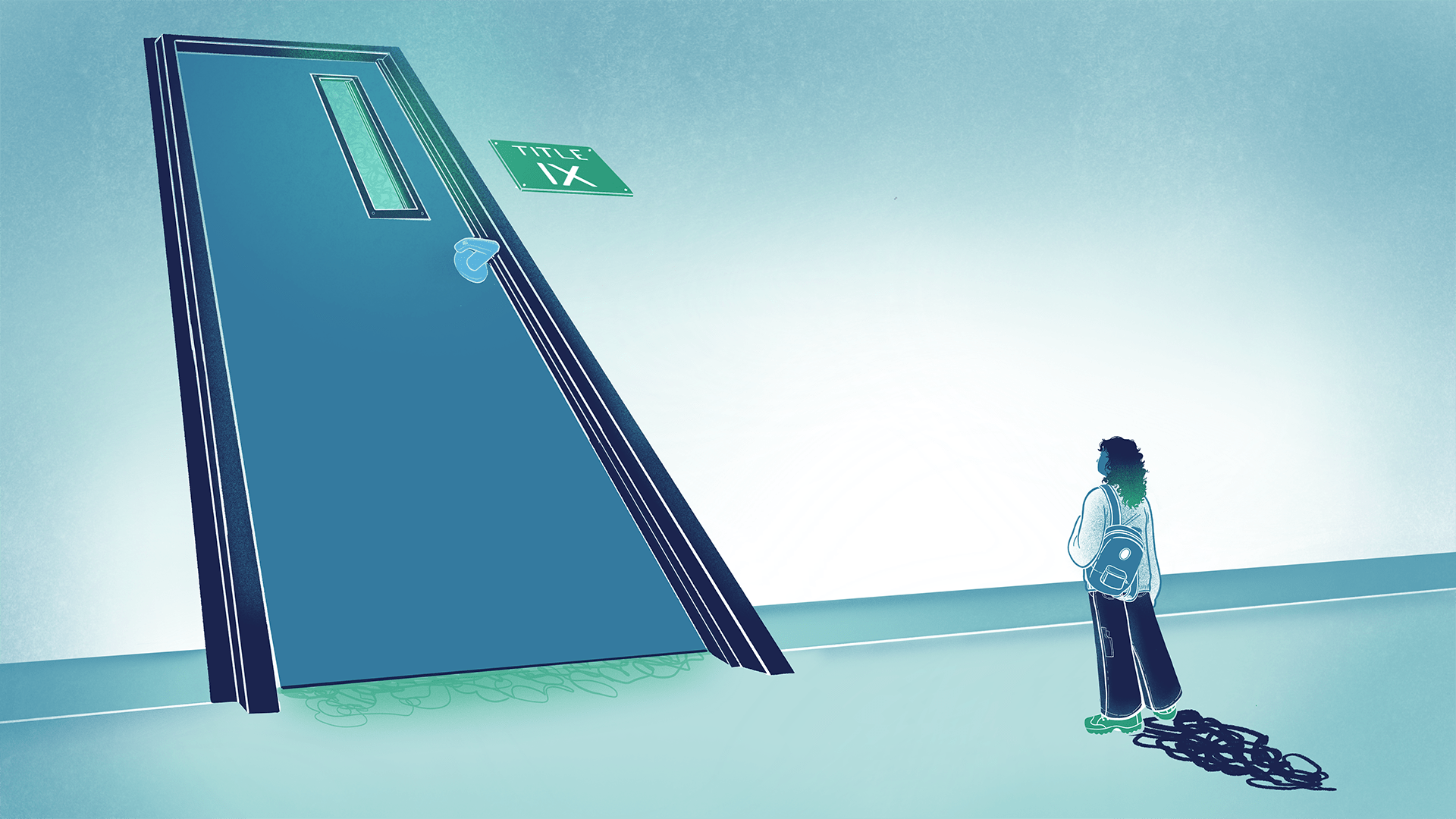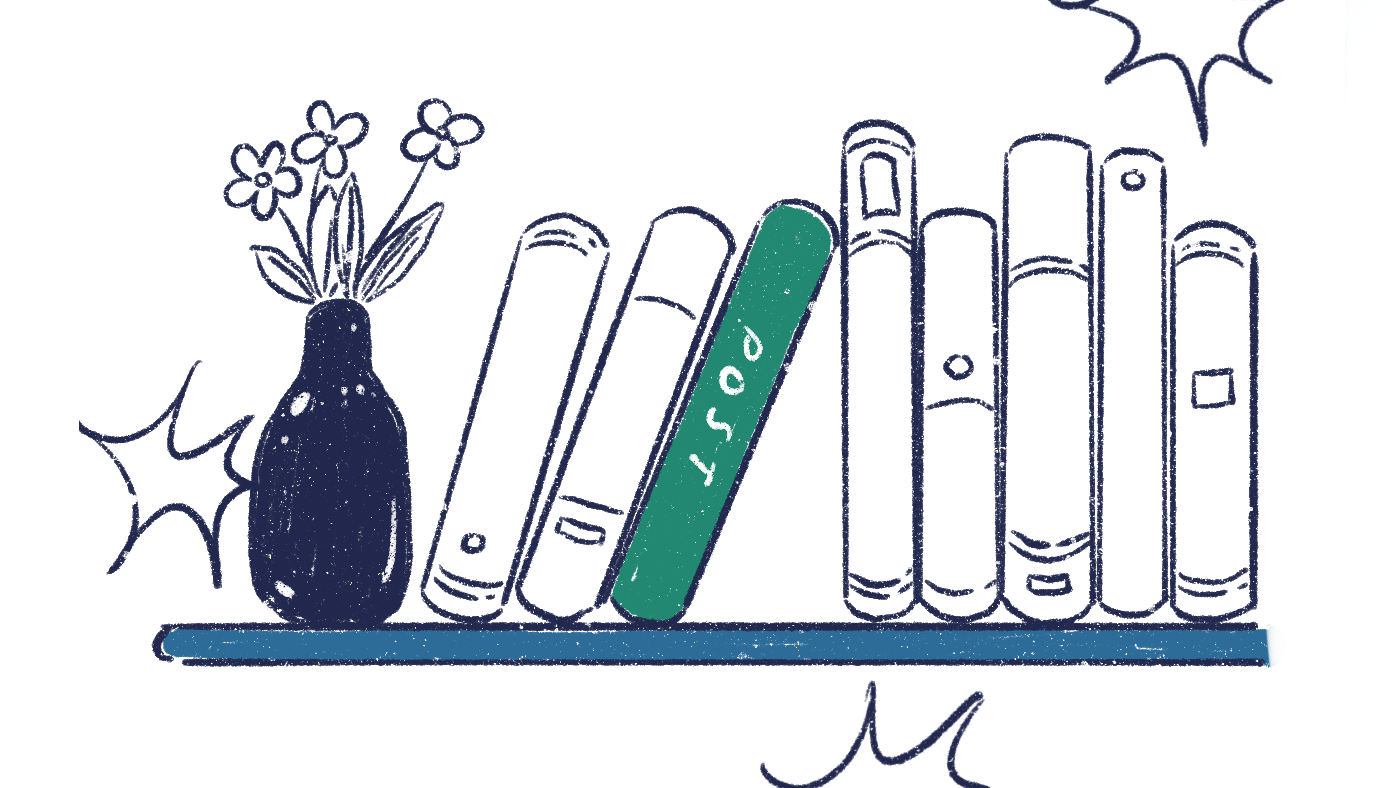
Photo taken August 2007, Villefranche-sur-Mer
Fine Arts Instruction: Four Models1
It is amazing how little agreement there is on how to teach the first year in an art school.2 What are the essentials of an artist’s education? What are the basics? The fundamentals? What comes first, and what is more advanced? What kinds of objectives should the first year have? What is the place of written skills? How much art history should beginning art students have? How much visual studies? How much liberal arts? There is no consensus on these questions, no reliable reference works, and no model programs in other art schools that we might emulate.
I think there is a reason why conversations on first-year programs (FYP) are so unsatisfactory. Introductory art instruction does not have a continuous history: it did not evolve slowly and steadily, but by leaps. What we have at SAIC, and in art schools and departments around the world, is a mixture of bits and pieces of different kinds of education. They do not go well together, and some of them actually contradict one another.
This broken history can be told in several ways, but I think it helps to distinguish four kinds of first year instruction. As you read this, you might spot things you have experienced in the FYP here at SAIC, or elsewhere.
1. The French Academy model
The French Academy was the most famous of over 300 academies that spread throughout Europe in the seventeenth and eighteenth centuries. We still use some of their ideas. The telltale signs of the French Academy model include:
(a) The importance of drawing. In the French Academy, drawing was central—it was all they taught. Drawing was thought to be the single key to all art. These days that idea lives on in weaker forms. Drawing is usually required of all students, but not always, because there is no agreement on exactly how central drawing really is. Some instructors would like to demote drawing, so that it is just one among many skills, including (for example) digital video editing. Other instructors believe drawing is the foundation stone of all other ways of representing the world. (In the first year of the French Academy, students drew only from other drawings and from plaster casts. Drawing from casts is still common in conservative academies in Korea, Japan—for instance Tokyo Geidai—and elsewhere, including London1s Royal Academy.3
(b) Live models. The French Academy stressed life drawing. That made sense at the time because all artists painted the figure. Now it makes less sense, but it is still thought of as a foundation stone of other artistic skills. In some art schools it is possible to graduate without ever being in a life class, but in most academies life drawing is still required. (In rural academies in places like China, students might be asked to paint or draw models who are dressed in local or ethnic costumes; SAIC used to do that around 1910. Back then students drew models who posed in front of plaster casts of cathedrals, as if they were European peasants. You can see all that in our old SAIC catalogs, which are kept in the museum.)
2. German Romantic Academies
Around 1820, in Germany, some small academies were set up in opposition to the French Academy model. (They were “romantic” only in the sense that they were part of German Romanticism.) We still keep several of their ideas:
(a) Art as an expression of the artist’s spirit. In the French Academy, art was taught as a way of representing the world: you learned light and shade, perspective, hatching, and other tools to make your pictures realistic. In Romantic academies, the emphasis shifted, and art became more a way of expressing your feelings. Today this Romantic attitude is nearly universal: almost everyone at SAIC is trying to express themselves, and almost no one is simply trying to make a good, accurate representation of something in the world. (To find academies that teach students to represent the world, you have to go to schools that are more conservative or commercial, like the American Academy of Art, 332 S. Michigan Ave.; or the Atelier Program of Fine Art in Minneapolis, which is at http://theatelier.org; or the Pennsylvania Academy of Fine Arts.)
(b) The German Romantic academies also rebelled against the French Academy system of having large classes in which everyone drew from the same model. They stressed instead the student’s individual development, and they invented a system in which students would be tutored, one on one, by Masters. The idea was to help them develop their unique style, and avoid being too much like any other artist. Today, first year instruction is still very much like the French Academy in this respect, but as you go on through undergraduate, you get more and more individual attention. The core idea of the MFA degree is the development of each student’s individual voice: it is a nineteenth-century Romantic idea.
3. The Bauhaus4
Many art schools and art departments remain very close to the curricula that were developed in the Bauhaus in the first half of the twentieth century. See how many of these exercises you remember from your first-year classes; they are all innovations of the Bauhaus:
- Textures. These are exercises in which students gather different textures, and try to depict them in pencil or charcoal.
- Materials. Learning about different materials by making carvings and moulds.
- Value. Exercises in which students are asked to arrange newspaper clippings into a continuous scale from white to black.
- Rhythms. Arranging objects into rhythmic compositions, or making a complex drawing using simple forms.
- Concrete to abstract. Beginning with a still life or a painting, students analyze lines of force or points of equilibrium, and eventually arrive at an abstraction.
- Collections. Students collect objects that seem to have little in common, or else similar objects (for example red things), to see how they are related.
- Emotions. Abstract or concrete drawings or constructions are made that express given emotions.
- Color. A wide range of experiments aim to sensitize students to color relations.
And here are three ideas from the Bauhaus that are still widely followed:
(a) The tabula rasa. Several Bauhaus instructors tried to erase the bad cultural habits students brought with them, and return them to a blank slate (tabula rasa). The exercises I have just listed were partly intended to do that. The idea was that modernism required a complete rethinking of older art. (It is an open question whether skills like the ones I have listed help make you a better artist.)
(b) Visual sensitivity. Several of the exercises I listed were also aimed at increasing sensitivity to colors, values, textures, or compositions. If you have done color studies with paper samples, you have done something influenced by Joseph Albers; one of his purposes was to make artists more sensitive to subtle interactions of color. (It is an open question whether that makes you a better artist.)
(c) The sequence from 2-D to 4-D. Many schools and academies around the world would like to find a way to give up the Bauhaus idea that art should proceed from 2-D to 3-D to 4-D. After all, why assume that 3-D should come after 2-D? And why assume that dimensions are a good way to organize art? (The Bauhaus borrowed the idea from physics, where everything is in four dimensions: three dimensions of space and one dimension of time. Like a number of modernist movements, the Bauhaus was enamored of science.) Despite the quirks of the Bauhaus program, it has proven very difficult to completely give up their sequence of dimensions. Like most art schools, SAIC uses a modified form of the sequence.
4. Postmodern art schools
There isn’t a name for the current state of art instruction, but it might as well be called postmodern. I will just name two of the leading ideas:
(a) One of its principal characteristics is the idea that art does not need to give pleasure or have esthetic content. Art can also be mainly or purely political. In this way of thinking, art is something that takes place in the world, and its primary meaning comes from the way it changes people’s lives. Some art is mainly activist (for example, the Yes Men, or Critical Art Ensemble), and other art is partly political, or has strong political content.
(b) It is also widely thought that art is often principally about identity: it expresses a person’s identity, or the identity of a community or even a nation. Gender and other forms of personal identity are among the most common subjects of art; art is also widely used to express ethnic or group identities. In first year programs, politics and gender or identity are often mixed in with instruction from the French Academy, the Romantic academies, and the Bauhaus. Sometimes those mixtures work well, but often they are like oil and water. No one has figured out how to make them wholly compatible. In art theory, the problem is called the aesthetic and the anti-aesthetic, even though that is not always an accurate way of putting the differences.
What to do?
Postmodernism prides itself on not believing in foundations, and the remnants of Bauhaus teaching look more out of place with each passing year. At the same time, I am not so sure there is any such thing as a post-Bauhaus method of elementary art instruction. The current mix of digital video, multimedia installation, life drawing, biology, design, architecture, ideology and politics, and even pornography only obscures the ongoing belief that art really does have some fundamental ideas that should be taught, at the beginning, to every art student. The same is true, in a more insidious way, for the French Academy and the German Romantic academies: even though we barely notice it, we still follow some of their ideas. I have not yet seen a first-year curriculum that solves these problems definitively.
Luckily SAIC is among the most active and innovative schools, and we are currently thinking about these issues. Some instructors in the FYP, VCS, Liberal Arts, and Art History are reconsidering their first year offerings, and it may happen that in future all four may be more tightly integrated. Jim Elniski in the FYP has written a wonderful article on the recent history of FYPs.5 In July 2009, there will be a week-long series of lectures and panel discussions on the theme “What Do Artists Know?” and in July 2010, another series will focus on the theme “Beyond the Aesthetic and Anti-Aesthetic.”6 Both of those will have international authorities on hand to discuss what is happening in other art schools and academies.
The key, I think, is continuous discussion. Everyone should be involved, from current FYP students to faculty and administration. It would be wonderful if SAIC could be the first art school to propose a really viable solution.
1 – This is adapted from a talk originally given at the ARCO conference, Madrid, Feb. 2004 (read by Pablo Helguera), as “The Content of First-Year Studio Classes, Considered as a Symptom of the Lack of Public Conversation on the Subject.” It is also taken from a keynote (Powerpoint) presentation called “The Four Models for Studio Art Instruction, and Why they are Incompatable,” which has been given at the Pennsylvania Academy of Fine Arts (2005), RISD (2006), and The Institute for Doctoral Studies in Visual Art, Spannochia, Tuscany (May 2007). I thank Jim Elniski for comments on an earlier version of this essay.
2 – The problem is studied, repeatedly, in a number of professional conferences: for example, NASAD (North American administrators of art schools), AICAD (a similar organization), the CAA (College Art Association, the main place for artists in North America to find teaching jobs), CIHA (the international art historians—association), and Foundations in Art: Theory and Education. The problem with many of these sessions is that the material is presented in an informal, anecdotal manner—often individual instructors tell stories about their own experiences. In general there is little philosophic or conceptual work, not much historial research, and little attention to comparisons between different countries.
3 – Tokyo Geidai is www.geidai.ac.jp; other Japanese private art universities are at www.musabi.ac.jp, www.tamabi.ac.jp, and www.zokei.ac.jp. Thanks to Shinya Araki for information on Japanese and Korean academies and prep schools.
4 – Currently, the Bauhaus in Weimar has gone about as far from its original curriculum as could be imagined; they focus on public art and community-based installations and performances. See www.uni-weimar.de.
5 – See Kevin Tavin, Jodi Kushins, and Jim Elniski, “Shaking the Foundations of Postsecondary Art(ist) Education in Visual Culture,” Art Education (September 2007): 13-19.
6 – These are posted on www.stonesummertheoryinstitute.org.




















